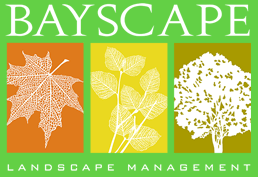Olive trees, with their lush spread and towering height of up to 30 feet, are a symbol of the Mediterranean’s rich flora. These splendid trees have found a second home in California, flourishing under its sunny skies and mild weather. Olive trees not only add a touch of elegance to landscapes but also bear the fruit that enriches our cuisine, from tapenades to Niçoise salads. However, without adequate space or a commitment to processing their bounty, managing an olive tree can become cumbersome.
Olive Trees: A Double-Edged Sword
While olive trees are celebrated for their beauty and the delicious fruit they produce, their abundance can sometimes prove problematic. Fallen ripe olives can create slippery hazards on walkways and stain indoor carpets with their oily residue. This aspect of olive tree care requires vigilance to prevent accidents and maintain cleanliness.
The Olive Fruit Fly Dilemma
A significant threat to California’s olive production, the olive fruit fly, has emerged as a formidable pest in recent decades, despite its ancient existence. These flies, particularly their larvae, feast on the olive, leading to spoilage and premature drop. For those in the olive oil business, keeping damage below 10% is crucial to ensure quality production.
Pollen Allergies and Olive Trees
The flowering season of olive trees, typically around May and June, can be challenging for allergy sufferers. The pollen can trigger a range of symptoms, from mild irritation to severe respiratory distress, particularly affecting individuals with asthma. It’s a period that requires preparedness for those sensitive to these allergens.
Strategies for Homeowners
For those wishing to enjoy the aesthetic benefits of olive trees without the associated challenges, consider planting fruitless varieties such as ‘Swan Hill,’ ‘Wilsoni,’ ‘Majestic Beauty,’ or ‘Little Ollie.’ These cultivars offer the landscape appeal without the fruit-related issues.
Timely Spraying is Crucial
Effective pest control involves strategic timing, particularly for spraying. To combat pests like the olive fruit fly, annual treatments in the early part of the year are recommended, ideally before the flowering season begins. In some cases, multiple applications may be necessary to protect the trees throughout their blooming period.
How Can Bayscape Landscape Management Help?
Bayscape Landscape Management together with our wholly owned subsidiary Arbortek Tree Services is a local, family-owned and operated landscape management company with a twenty-five year heritage of reliability and performance. From small beginnings, our company has grown to become one of the leaders in the landscaping industry, entrusted with maintaining the Bay Area’s most beautiful commercial and residential landscapes. Our single objective is to transform your exterior into a picture-perfect space, as breathtaking as it is functional.
You may have been recommended to us by one of our many satisfied customers, or you may have searched online for landscaping services near me. However you found us, we’re happy to welcome you. Call us at (408) 288-2940 or contact us online.
